The evolution of architecture in the automotive industry has always centered on the relationship between organizational structure and technical architecture. The rise of centralized architecture not only brings changes at the technical level but also poses new challenges to industry cognition. Exploring the intrinsic connections between the two and the key dimensions of centralized architecture is crucial for understanding the development logic of smart vehicles. There exists a complex and dynamic relationship between organizational structure and technical architecture, which presents different characteristics at various stages of development. During the traditional assisted driving development phase, organizational architecture often dominates, determining the division of roles within the system, which in turn influences the form of technical architecture. For example, when a company establishes a support center and supporting center, system roles are divided into support and storage, leading to corresponding structures in technical architecture. In this model, the organizational structure acts as a skeleton, while the technical architecture grows as its flesh, directly shaping the path of technical implementation. In exploring centralized architecture, domestic companies often adopt a hybrid model, with organizational architecture significantly impacting technical architecture. This hybrid nature reflects companies' attempts to promote the centralization of technology within existing organizational frameworks, leading to an inevitable imprint of organizational division on technical architecture. However, Tesla's architecture provides different insights. Although its specific organizational structure is difficult to discern due to confidentiality, its architectural performance suggests that system roles seem to take precedence over organizational architecture. The organization is built based on the functional needs of the product itself, clarifying the reasonable attribution of each part before constructing organizational and technical architectures. In this model, the formation of technical architecture is closer to the essential needs of the product, with organizational architecture existing to support this technical logic, demonstrating stronger overall coordination. This coordination does not stem from absolute technological superiority but rather reflects the planning ability of the organizational structure. In fact, domestic companies are not lacking in hardware manufacturing capabilities, such as the ability to create centralized architecture controllers, but they differ in the recognition and practice of role priority. When multiple organizations participate in a project, maintaining system stability often requires sacrificing some product performance, which is an unavoidable compromise under multi-organizational architecture. To prioritize technical architecture, companies need to break down organizational barriers and reconstruct organizational division around technical logic, which poses a significant challenge for domestic companies. The software sector also exhibits the phenomenon where organizational architecture determines software architecture. The organizational structure of software vendors can influence their software architecture design, leading to compatibility issues when integrating software modules developed by different organizations. To optimize software architecture, it is also necessary to break free from the constraints of organizational architecture and conduct overall planning based on technical needs, which requires companies to possess strong organizational coordination capabilities and a long-term technological vision.
Dynamic Relationship between Organizational and Technical Architecture in the Automotive Industry
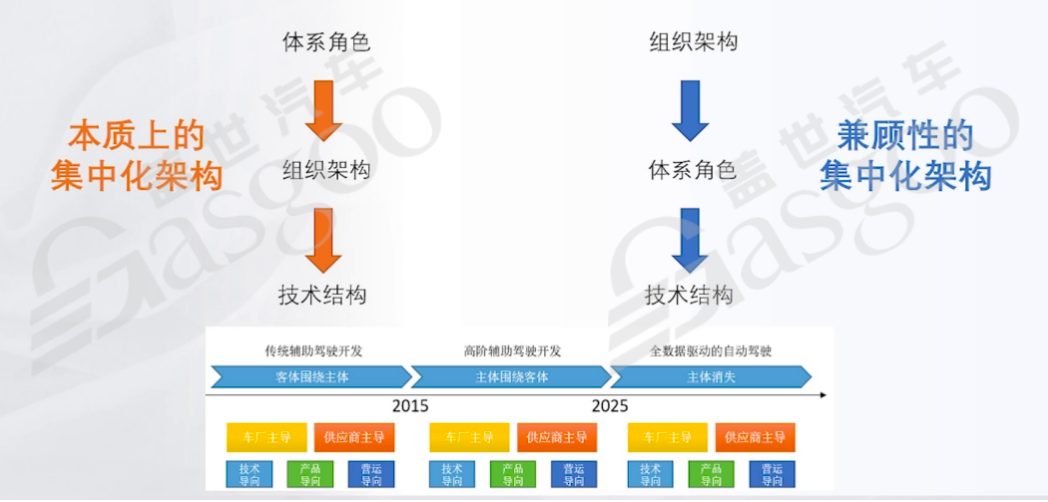
Images
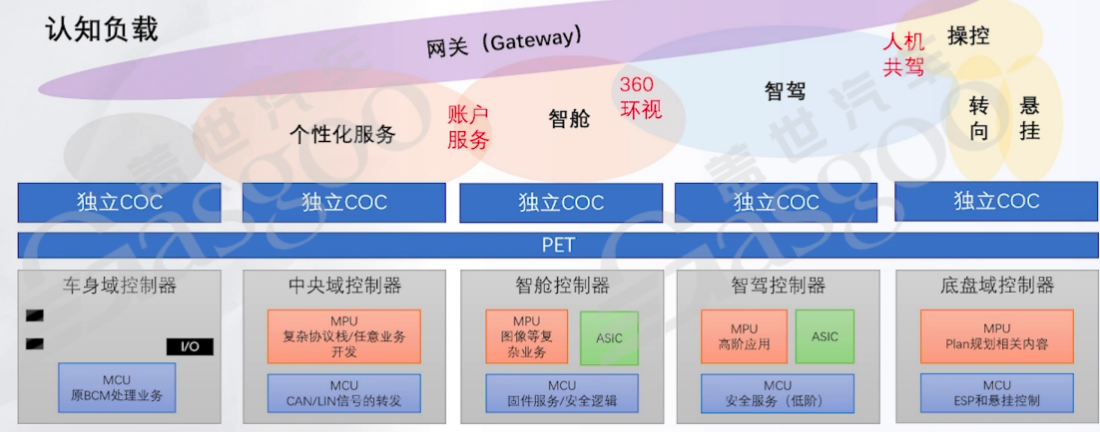
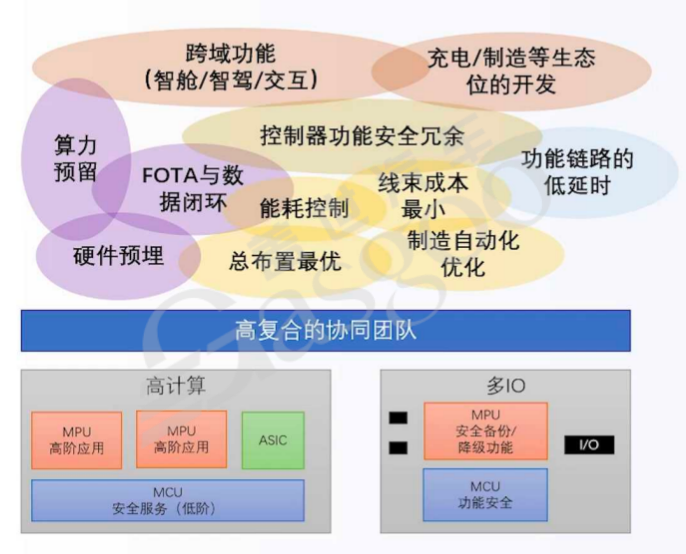
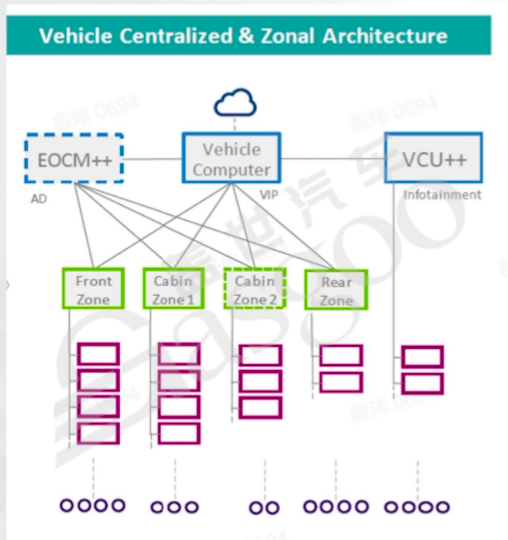
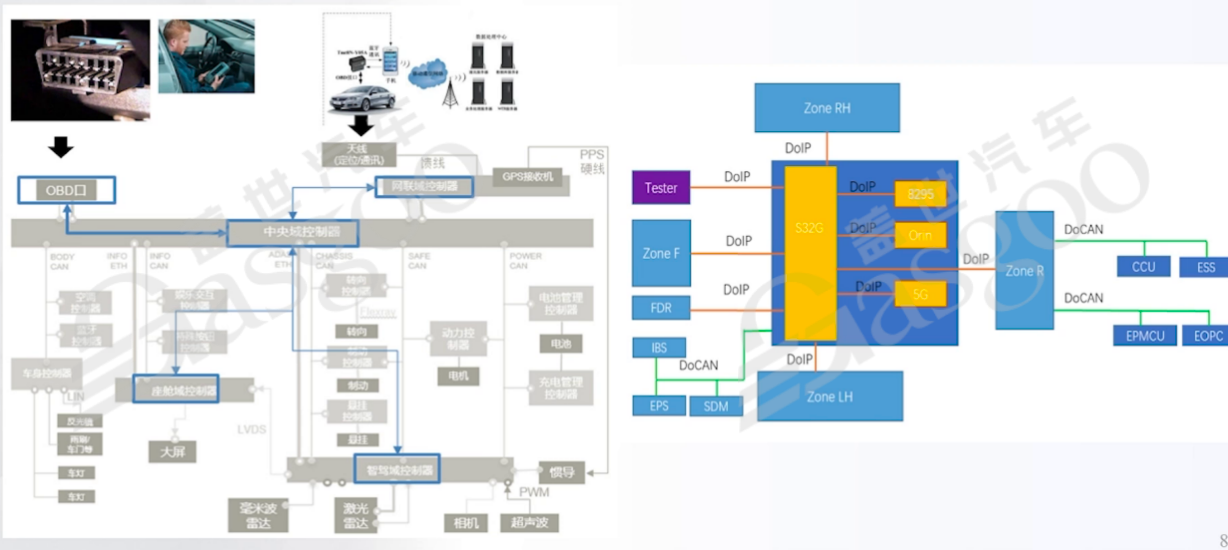
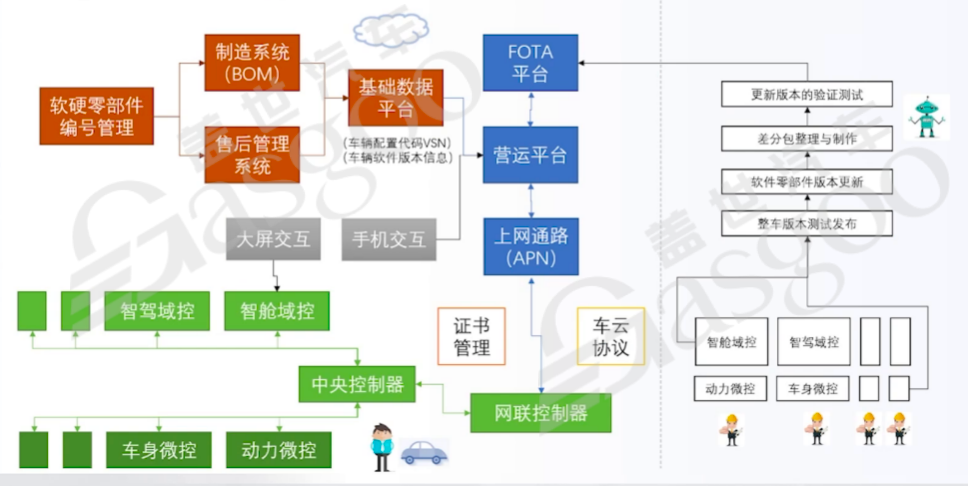

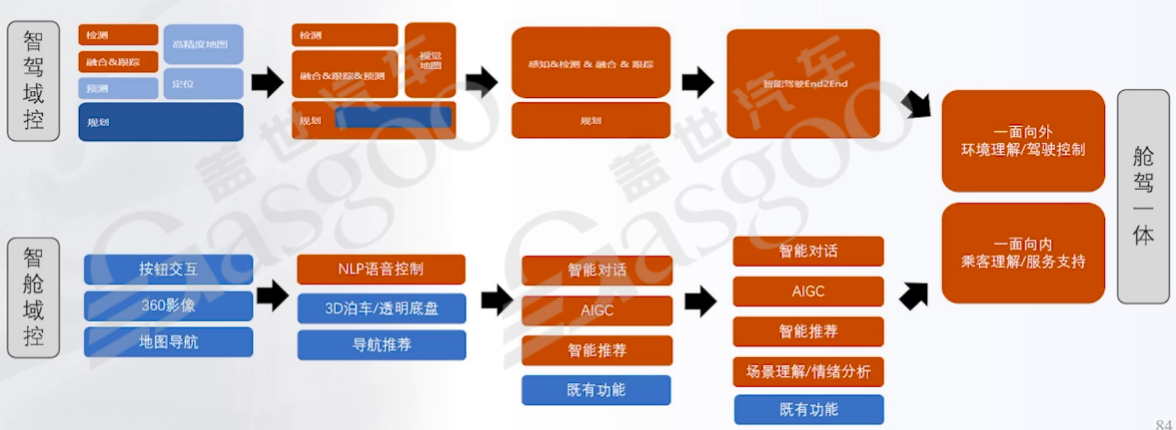
Share this post on: